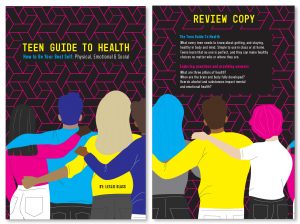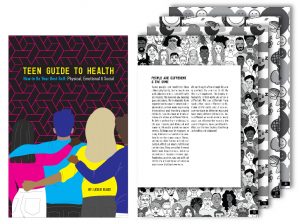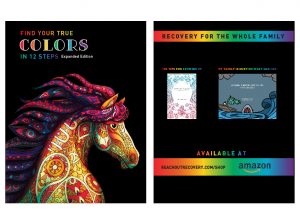What are the life risks after a non fatal overdose? Drug overdose deaths in the United States have risen exponentially due to sequenced drug surges: 1) prescription opioids, 2) heroin, 3) illicit fentanyl and related analogs, and 4) cocaine and methamphetamine—all used alone or in combination with other drugs. More than 66,000 American lives lost each year to drug overdose have sparked numerous initiatives ranging from increased naloxone availability and medically-supervised injection sites to expansion of addiction treatment resources. The personal stories behind overdose death statistics have helped stir public and professional alarm, but less attention has been given to the question, “What is the subsequent fate of the larger number of people who experience a non-fatal drug overdose?”
Research studies (see Stoové et al, 2009) have long associated surviving a drug overdose with the increased likelihood of a future non-fatal or fatal drug overdose. In a 2017 Massachusetts study of opioid overdoses, 10% of those who survived died within the next year from a drug overdose or other causes. In one of the most rigorous U.S. follow-up studies, Dr. Mark Olfson and colleagues compared the mortality rates of people who had survived a non-fatal opioid overdose to demographically matched members of the general U.S. population. They found that those who survived an opioid overdose died in the next year at 24 times the mortality rate of those in the general population, with most deaths attributed to drug-related diseases, subsequent overdose, circulatory disease, respiratory disease, cancer, HIV, viral hepatitis, and suicide. In another study that might be christened an investigation into lost opportunities, Dr. Linn Gjersing and colleagues found in a retrospective analysis of people who died of a drug overdose that 61% had previously sought emergency medical care and that 18% were frequent users of emergency medical services. The reasons for seeking past emergency care included somatic complaints (48%), injury (44%), alcohol and other drug-related medical problems (32%), and drug overdose (26%).
In reviewing these and related studies, I am struck by the following conclusions and implications.
*People who survive a drug overdose are at increased risk of dying in the year following such an incident.
*Many people who will later die of a drug overdose are already within systems of care but we do not see them nor do we intervene with services that might abort the trajectories of future drug-related deaths. Screening for alcohol and other drug problems must become standard practice within the assessment of all patients entering emergency care.
*It is possible to identify the characteristics of those patients entering emergency care who are at highest risk for a future fatal drug overdose, e.g., male; younger (18-34); middle adults (45-64); multiple medical (pulmonary, cardiac, hepatic, and other) conditions; prolonged history of drug injection; concurrent drug use (e.g., opioids/alcohol/ benzodiazepines); depression; past attempt at suicide (particularly for women); and current lack of access to, or participation in, medication-assisted treatment.
*People identified as high risk for future drug overdose would benefit greatly from assertive linkage to harm reduction, addiction treatment, and peer-based recovery support services nested within models of care that integrate primary medicine, psychiatry, addiction treatment, and long-term recovery support.
Perhaps the most profound lesson in these studies is that we already know the pool of people from which future drug overdose deaths will be inordinately drawn. We desperately need protocol for assertive linkage to effective clinical and recovery support technologies to reach the walking wounded, and we need the moral and political will to make this happen within every local community. In the meantime, our country, and far too many of its families, silently weep.
Read all of Bill White’s Blog Posts on his website here www.williamwhitepapers.com





















